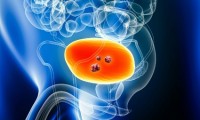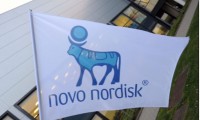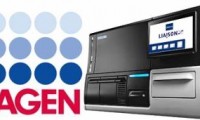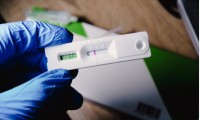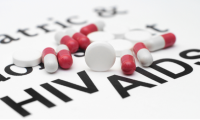-
US researchers develop algorithm test to identify aggressive ovarian cancers
- Source: drugdu
- 219
- March 9, 2024
-
Simple Blood Test Could Detect Risk of Viral Infection-Induced Cardiac Arrest
- Source: drugdu
- 237
- March 9, 2024
-
Novel Test Identifies Aggressive Ovarian Cancers Early
- Source: drugdu
- 267
- March 9, 2024
-
FDA Approves Opdivo Plus Chemotherapy for Frontline Treatment of Unresectable, Metastatic Urothelial Carcinoma
- Source: drugdu
- 390
- March 9, 2024
-
Novo Nordisk Obesity Pill Flashes the Potential to Beat Wegovy in Weight Loss
- Source: drugdu
- 487
- March 9, 2024
-
Where there is a challenge, there is an opportunity
- Source: drugdu
- 531
- March 9, 2024
-
Gilead and Merus enter trispecific antibody discovery deal
- Source: drugdu
- 253
- March 9, 2024
-
Automated Multiplexing Molecular Diagnostic Platform Revolutionizes Infectious Disease Diagnostics
- Source: drugdu
- 365
- March 8, 2024
-
New Testing Strips to Make Rapid Antigen Testing as Powerful as PCR Testing
- Source: drugdu
- 446
- March 8, 2024
-
ViiV Healthcare Reveals Positive Results from Phase I Trial for a Potential Longer-Acting HIV Treatment
- Source: drugdu
- 425
- March 8, 2024
your submission has already been received.
OK
Subscribe
Please enter a valid Email address!
Submit
The most relevant industry news & insight will be sent to you every two weeks.




